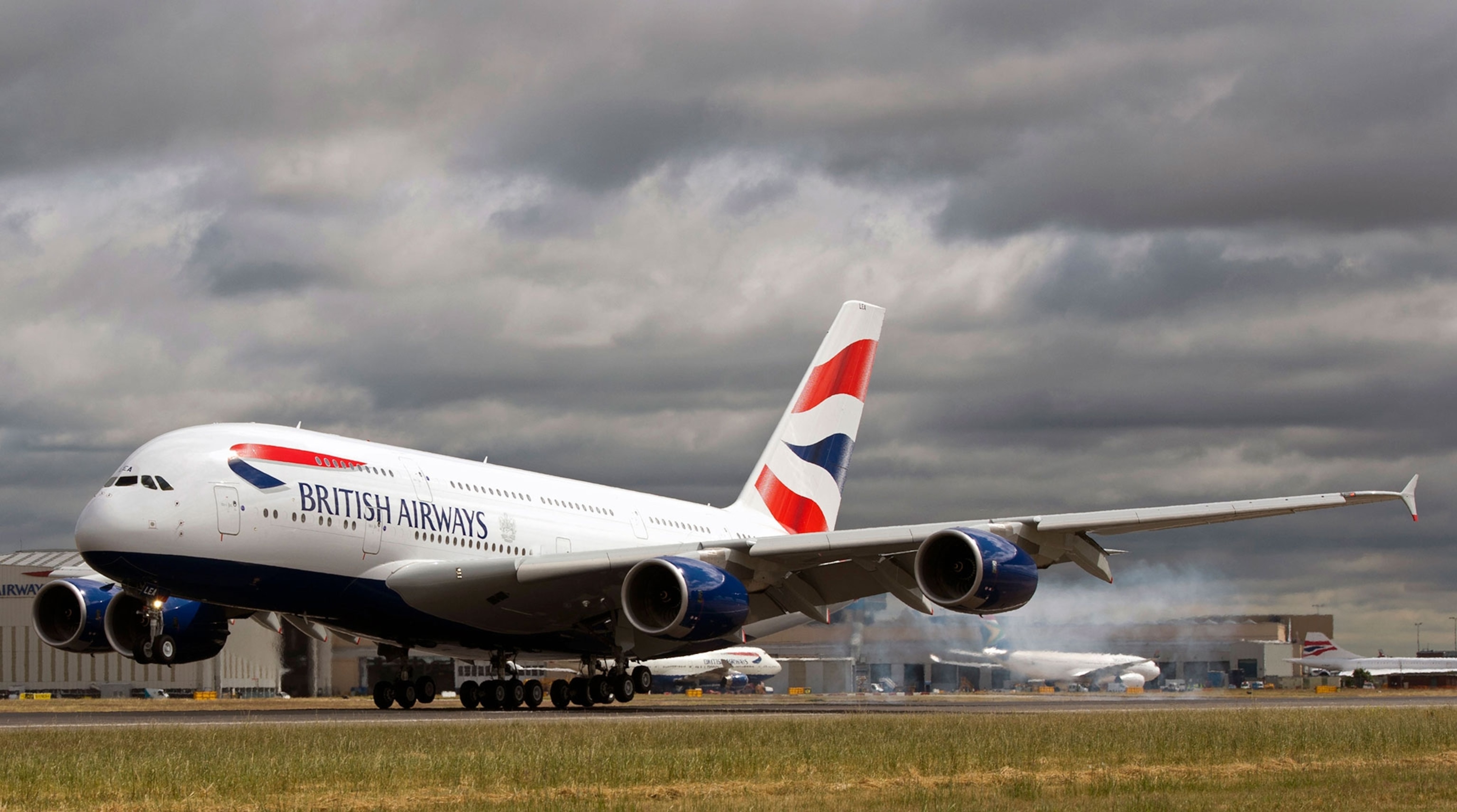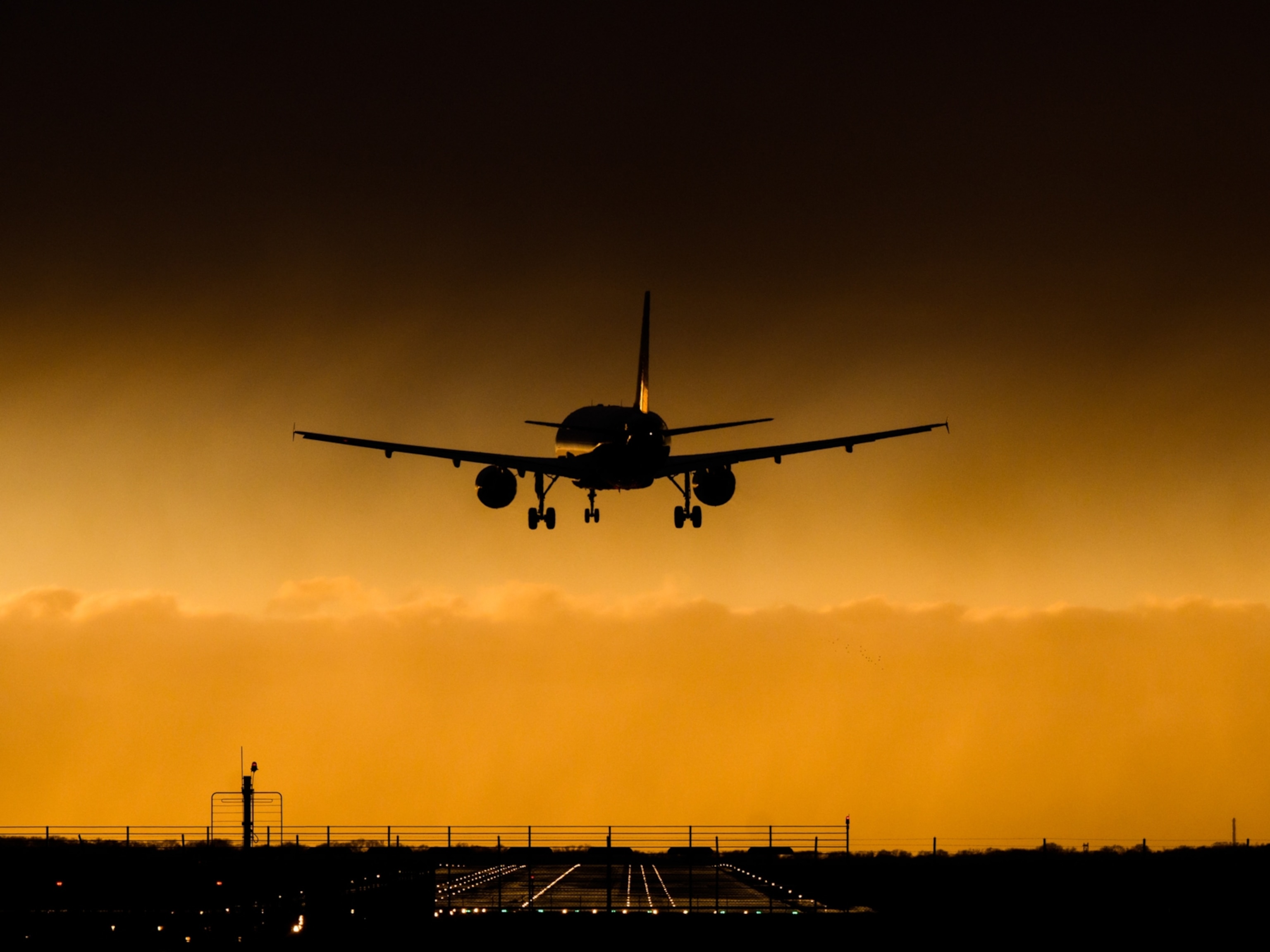
Why Some Airlines Pollute More: 20 Ranked on Fuel Efficiency
Two key factors contribute to a big gap in performance between the most and least efficient.
Those roomy, plush first-class seats on international flights come at a hefty cost—not just for your wallet, but also for the climate.
They take up more space, allowing fewer passengers per flight, so first- and business-class seats have an outsize carbon footprint. Airlines that flew with more of those premium tickets in 2014 fared worse on fuel efficiency, according to a ranking this week from the International Council on Clean Transportation, the nonprofit group whose research touched off the Volkswagen emissions scandal.
As UN climate talks convene later this month in Paris, airlines will be part of the discussion. Their planet-warming carbon dioxide emissions are set to triple by 2050, and they’ll face increasing pressure to cut pollution—along with power plants, the auto industry, and other greenhouse gas sources.
The new ranking tells a dramatic story. In its first look at transatlantic flights, ICCT found that top-ranking Norwegian Air was 51 percent more efficient than British Airways, which came in last.
"This surprised us," said Dan Rutherford, the group’s program director for marine and aviation, who co-authored the report. "There was a compounding effect, where the airlines with the most efficient planes also had the most efficient operational practices."
The group expected a smaller gap. Previously, looking only at U.S. domestic flights, it found a 25 percent difference between the most and least fuel-efficient airlines. For transatlantic flights, Norwegian Air was No. 1 by a comfortable margin, followed by Airberlin and Aer Lingus. The bottom three included, aside from British Airways, SAS and Lufthansa.
Two main factors drove the airlines' fuel efficiency scores: seating configuration (i.e. how many premium spots) and the type of plane. Norwegian, for example, has a young, fuel-efficient fleet and fewer business- and first-class seats. On the other hand, British Airways has an older fleet, and the airline offers twice as many premium seats as other carriers.
Premium seats account for just 14 percent of the travel, but one-third of the carbon pollution. A 2013 study found that, depending on the type of plane and how many people are on board, a first-class passenger's carbon footprint can be more than four times that of someone in coach.
No matter where you sit, flying across the Atlantic adds significantly to your carbon footprint. One nonstop, roundtrip flight abroad averages about one metric ton of carbon per passenger, the same as driving 22 miles (35 kilometers) to work every day for a year in a Prius, says ICCT.
The airline industry points out that overall, it is getting more efficient. "U.S. airlines have improved fuel efficiency over 120 percent since 1978," says Melanie Hinton, a spokesperson for the trade group Airlines for America. She pointed to airplane design features such as winglets (those upward-curving wing tips on newer planes), routing software, alternative fuels, and other measures that are helping the industry operate more cleanly. (See five technologies that could reduce pollution from airplanes.)
Airlines, of course, have a financial incentive to save on fuel. But with oil prices relatively low for the time being, and air travel set to increase overall, ICCT argues that stronger policies would provide a push for airlines that are lagging on efficiency and would encourage the development of new fuel-saving technology.
Flights within Europe are already subject to carbon limits under the European Union's cap-and-trade system. Now, the U.S. Environmental Protection Agency is evaluating new rules for the aviation industry.
Both regulators and the industry are waiting for the global standard now being finalized by the International Civil Aviation Organization and due in 2016.
Perhaps only true environmental warriors would opt for the cramped environs of coach if given the choice on a long flight. Still, Rutherford says, it's not just about class: "The airline you fly, and the aircraft they choose to operate, really matters if you’re concerned about the climate."
The airlines in ICCT's ranking, from most to least fuel-efficient:
- Norwegian
- Airberlin
- Aer Lingus
- KLM
- Air Canada
- Aeroflot
- Turkish
- Air France
- Delta
- Icelandair
- Iberia
- American
- Alitalia
- United
- US Airways
- Virgin Atlantic
- Swiss
- Lufthansa
- SAS
- British Airways
The story is part of a special series that explores energy issues. For more, visit The Great Energy Challenge.
On Twitter: Follow Christina Nunez and get more environment and energy coverage at NatGeoEnergy.




